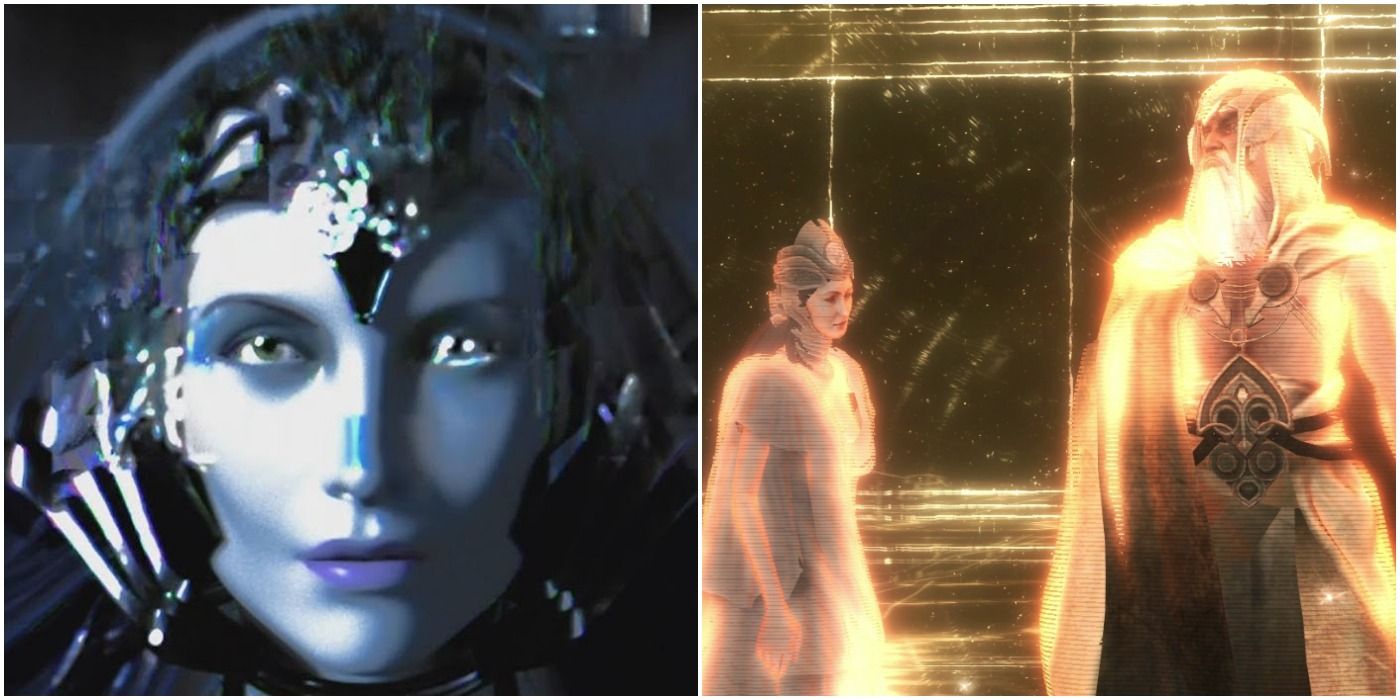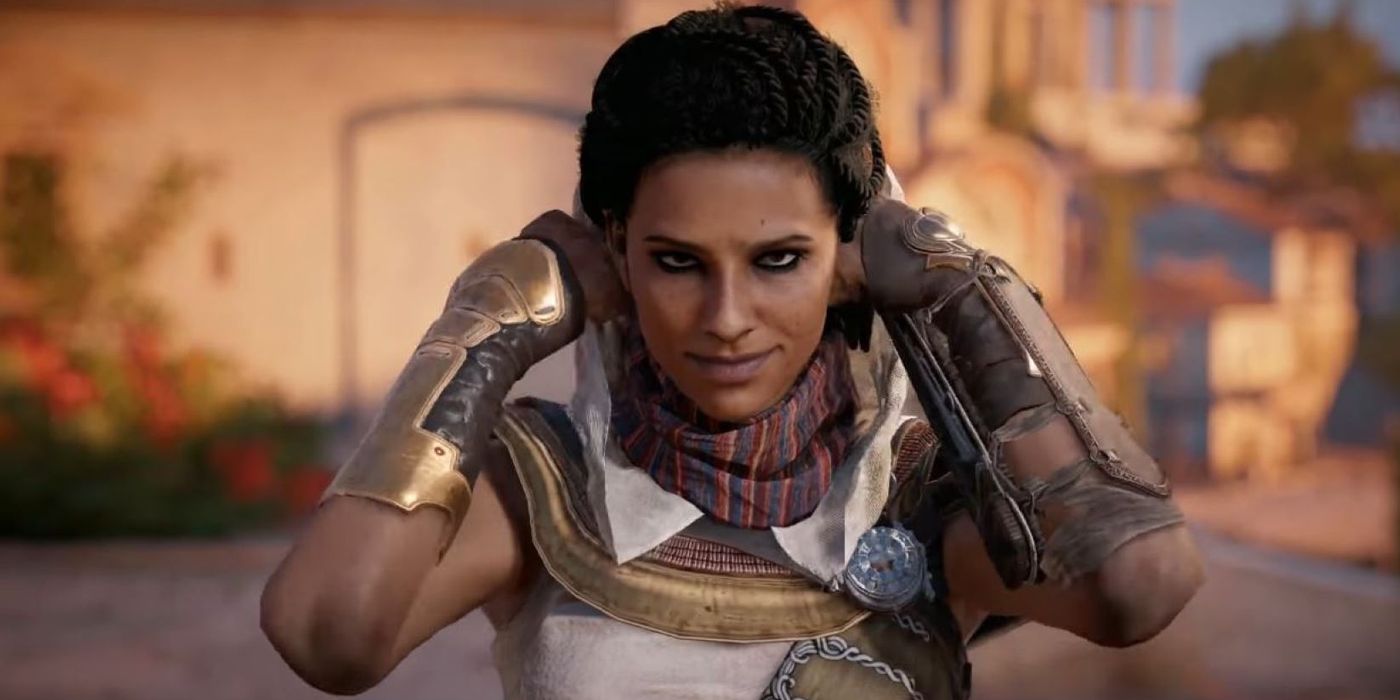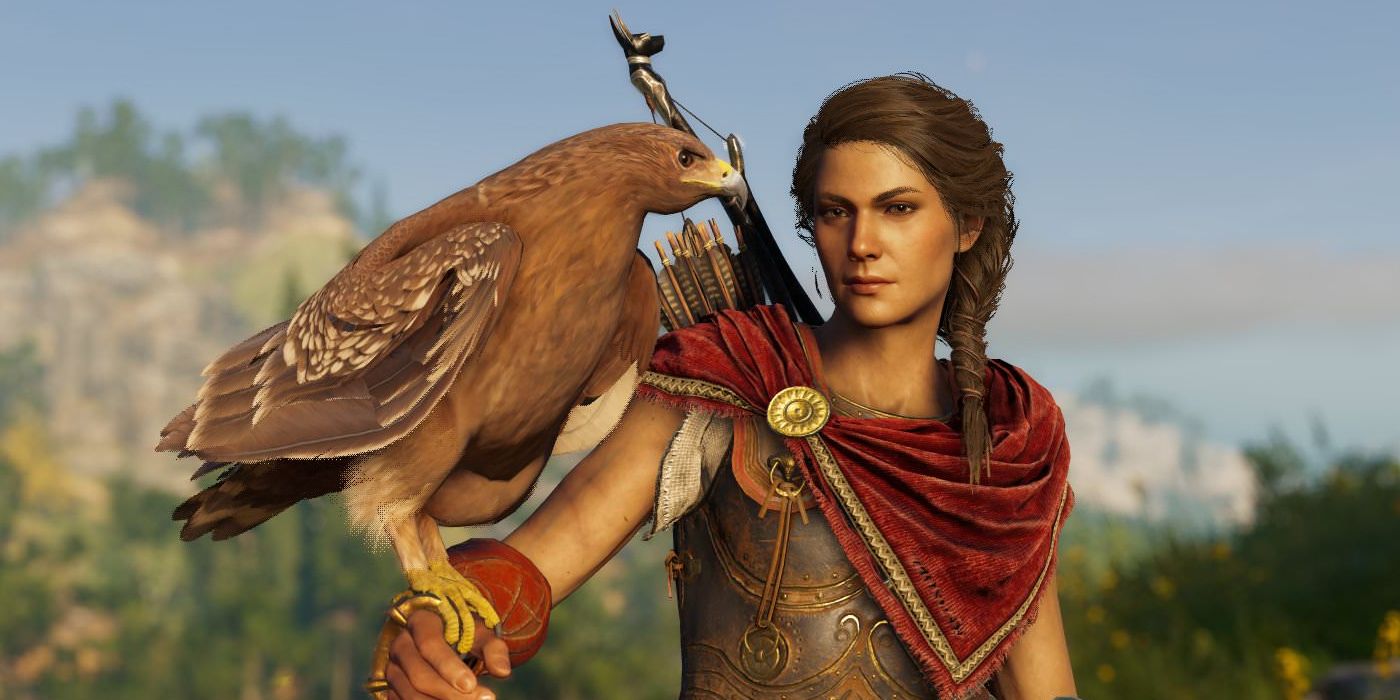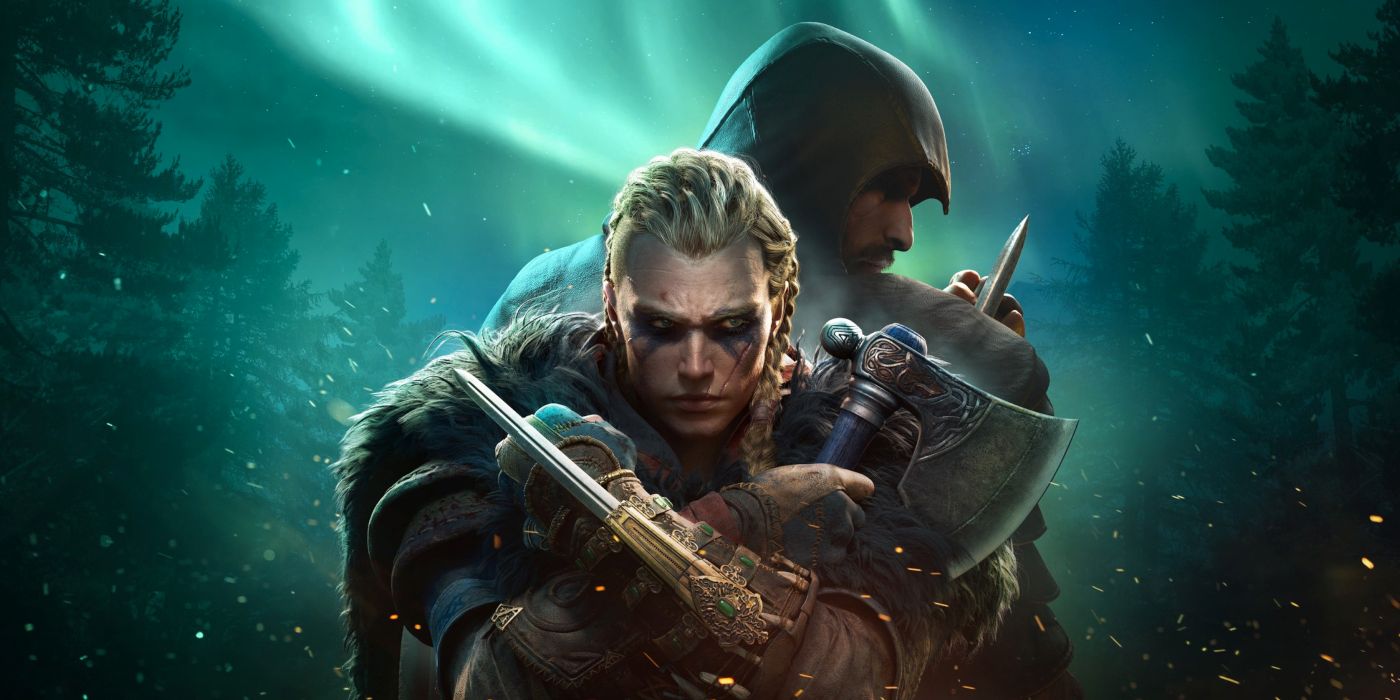
The Isu have played a part in the Assassin's Creed series ever since the first Apple of Eden appeared in the very first game. However, since the series took its RPG turn with Origins, Odyssey, and Valhalla, the relevance of the Isu and the First Civilization has been significantly expanded.
In fact, the Isu are now as important to the Assassin's Creed games as the Assassin-Templar conflict, and in recent games have been even more central to the main plot than either faction individually. Here's how each of the Assassin's Creed RPGs increased the relevance of the Isu and their technology, and how they're starting to outshine the series' original stars.
RELATED: Ubisoft is Creating Assassin's Creed Books for Kids

The main plot of Assassin's Creed Origins takes place during Egypt's Ptolemaic dynasty, under Ptolemy XIII and Cleopatra. This was the first game to do away with the traditional Assassins and Templars. As Origins' title suggests, however, it also does so in order to set up both organization's existences in the future of the series. The Order of the Ancients is the precursor to the Templar Order, while the Hidden Ones founded by Origins' main characters in 47BC is the original Assassin Brotherhood.
While the game still ultimately focuses on the growing conflict between these two early versions of each faction, it opened the door for Assassin's Creed to reduce its focus on the Assassin and Templar conflict that had dominated the series so far. There are a few times when the player will encounter artifacts from the First Civilization as they do in all the games. However, the Isu and the First Civilization are still important primarily because their artifacts have the capacity to shift the balance of power between the series' two main factions.
Assassin's Creed Origins is the turning point in the series, not just because it transformed the games into RPGs, but because it marked the first turn away from the Assassins and Templars, even if it did so by introducing precursor organizations. The next two games would run with this, and the Isu would increasingly begin to overshadow the two factions who had once dominated every Assassin's Creed story.

Assassin's Creed Odyssey pushes the Assassins and the Templars further to the sidelines. For a start, it takes place well before even the Order of Ancients and Hidden Ones exist. While Origins explained the creation of the first Hidden Blade, Odyssey did away with the weapon entirely. Instead, players carry the Spear of Leonidas, revealed to be an ancient Isu weapon.
While the Cult of Kosmos wants total control over the Hellenic world in a way that resembles the Templars, not only are they destroyed over the course of Odyssey, but they also become increasingly decentralized from the plot as it progresses. Once the player begins hunting for the Atlantis artifacts, the story's adversaries become far more connected to the Isu. The Minotaur, Cyclopes, Medusa, and the Sphynx all appear as hybrids created by the First Civilization as part of the Olympos Project.
Not only that, but at the end of the game the main character from Odyssey's main plot during the Peloponnesian War — the Misthios — is revealed to still be alive in the present day thanks to the Staff of Hermes. They then warn modern-day protagonist Layla Hassan that the war between the Assassins and the Templars cannot result in the victory of either side, saying "order, chaos... if either triumphs alone, the world dies." They go on to say that Layla will have a role to play in restoring balance.
This ending not only focuses on the Isu and the Last Civilization, but suggested that future games would no longer focus on the Assassins as the unambiguous good guys of the games, and the Templars as the villains. Instead, it suggested that balance was going to be needed to prevent the end of the world, and than the end of the series' current arc would not involve the Assassins overcoming the modern Templar Order as the early games had implied. Once again, the Isu come more into focus, and the specific victor in the Assassin-Templar conflict becomes of increasingly little relevance.
RELATED: Will the Next Assassin's Creed Release in 2021 or 2022?

Assassin's Creed Valhalla tied all of this together with its modern day plotline. In Valhalla, it is revealed that the protagonist Eivor, their brother, and Basim are what amounts to sci-fi reincarnations of various Isu who would become known as the Norse gods: Odin, Tyr, and Loki respectively. Towards the end of the Norse storyline, Basim/Loki is trapped inside of the Grey, a digital afterlife created by the Isu, where he is able to survive until the end of Valhalla's modern day plotline.
When Layla enters the Grey she is trapped there by Basim, who escapes and is able to use the Staff of Hermes to restore his body. As Layla's body falls prey to the radiation in the Isu temple, she decides to stay in the Grey with the Reader, heavily implied to be Desmond Miles. In the real world, Basim meets up with Layla's companions and longtime Assassin's Creed characters Shaun and Rebecca.
There was a time in the Assassin's Creed series where some fans interested in the Isu plotline were worried it was being sidelined. The main Isu character seen so far, Juno, had seemingly been relegated to comics like Assassin's Creed Uprising. Those fans have less cause for concern after the last three Assassin's Creed games. Basim, a reincarnated Isu, is now in the present-day plotline and could even be a new protagonist. The main conflict is no longer between the Assassins and the Templars, but the ability of forces like Layla and the Reader to ensure balance and prevent the end of the world from the same kind of solar flare that destroyed the First Civilization.
In some sense, the Assassin-Templar conflict itself has now become the main enemy of the game, while the forces who stand to save the world are now more associated with and living within Isu technology. Whether or not this dynamic will be sustained throughout the next game's plot remains to be seen, but it seems likely that the Isu will come even more to the forefront as Assassin's Creed's current arc reaches its finale.
MORE: Brazil is a Perfect Location for a Future Assassin's Creed Game

